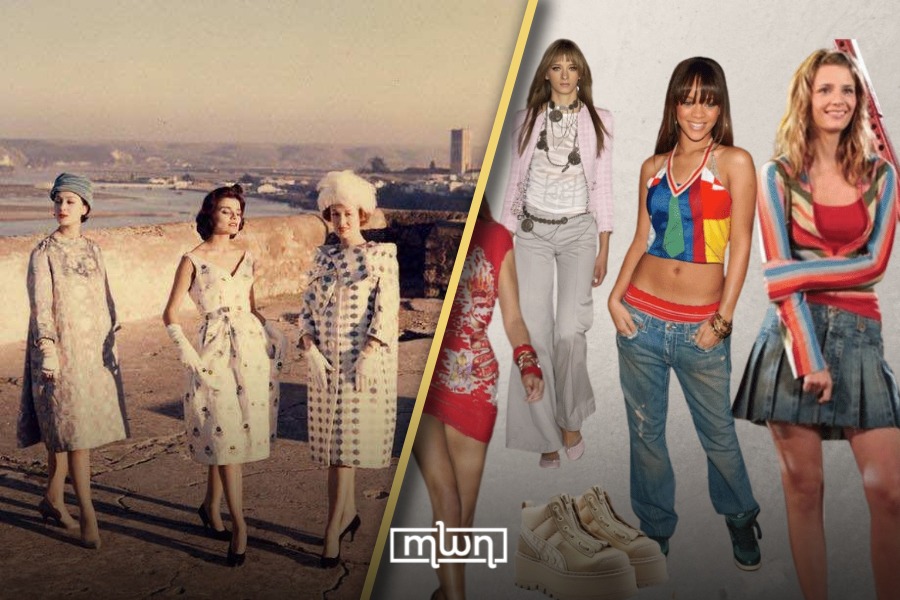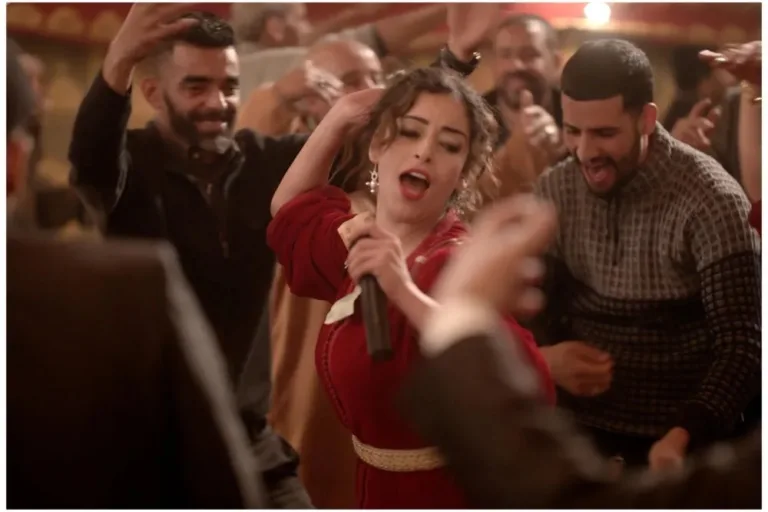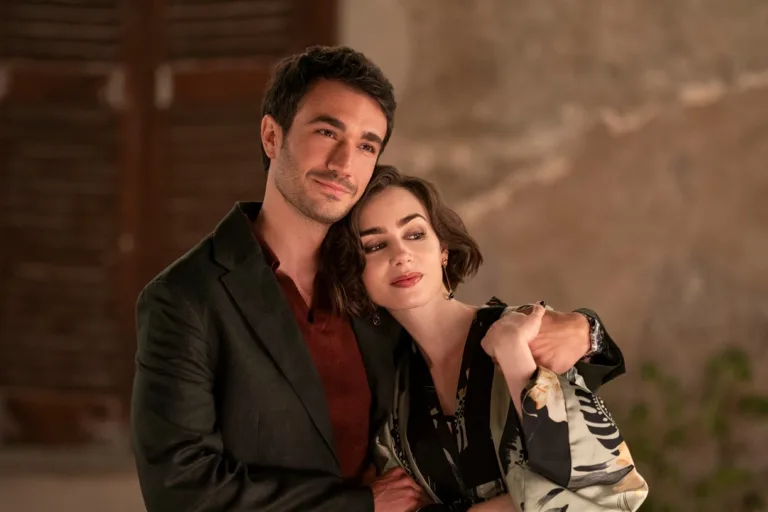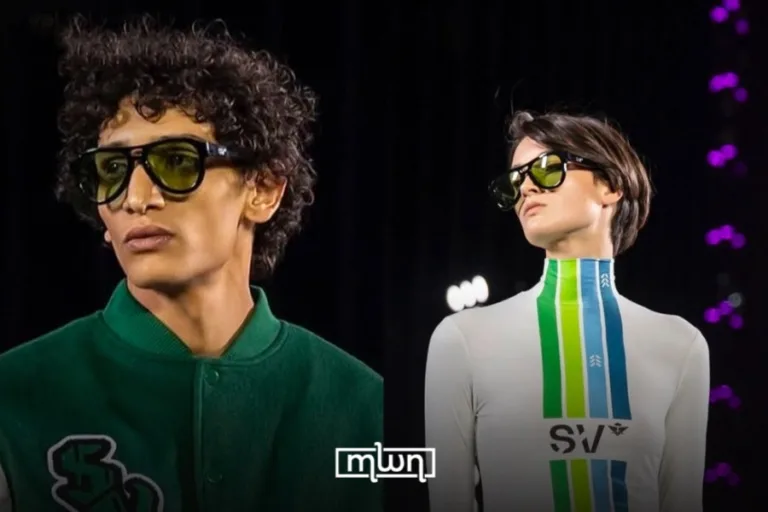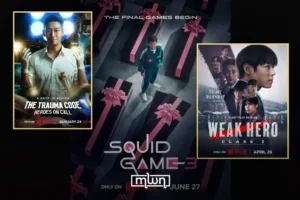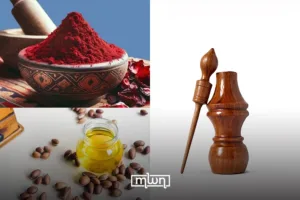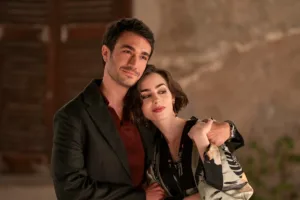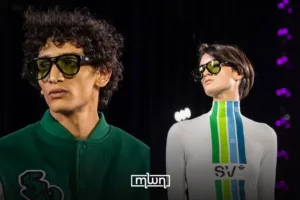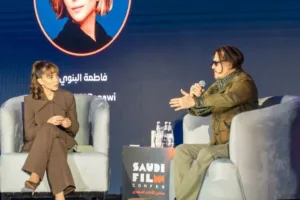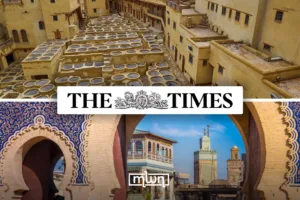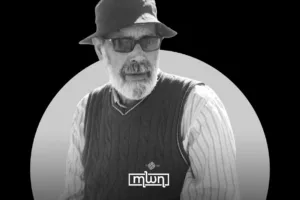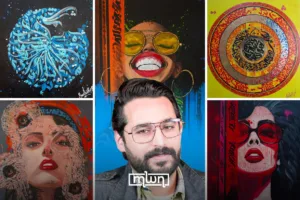What happens when a nation’s fashion evolves from timeless elegance to fleeting trends, and can its rich cultural heritage ever truly be reclaimed?
Fez – In the 70s, Moroccan cities were places of timeless elegance, where fashion was about class and grace.
The streets of cities like Casablanca, Marrakech, and Rabat were lined with men in sharp suits, and both genders flaunting tailored, elegant cuts.
Fashion was all about balance — bold yet refined, traditional yet modern. The 70s saw an influx of international styles, but they were always adapted to Moroccan culture, offering a sense of fitting in but still, Moroccan!
Women wore beautiful skirts and blouses, often in soft hues, while men embraced tailored blazers and suits.
The focus was on quality. Fabrics were selected for their texture and durability, and cuts were designed to flatter.
This fashion was rooted in a desire for refinement, influenced by a growing middle class and the country’s post-independence optimism.
The streets of Rabat, in particular, felt like a runway for those who took pride in their appearance.
A shift in fashion focus
However, by the 2000s, the fashion scene in Morocco underwent a dramatic shift. The elegance and sophistication of the 70s gave way to a chaotic explosion of trends.
The country’s fashion became dominated by fast fashion brands, brightly colored fabrics, and wild combinations that felt more thrown together than thoughtfully curated.
The 2000s saw an explosion of synthetic fabrics and ill-fitting clothes, often inspired by the latest global trends without any real adaptation to Moroccan culture or climate.
What happened? The global fashion market expanded rapidly, and Morocco, like many other countries, became swept up in this wave of commercialism.
The focus shifted from quality and elegance to quantity and speed. Fashion became more about following the latest trends than about expressing personal style or cultural identity.
The shift wasn’t just about clothing—it was symbolic of a larger societal transformation. The 70s had been a time of hope and national pride, when Moroccans celebrated both their cultural heritage and their place in the modern world.
The 2000s, however, were marked by an identity crisis. As Morocco became more globally connected, many began to imitate foreign fashion without understanding its context or relevance to their own culture especially the hip hop culture and fashion. This led to a sense of disconnect, and fashion became more about following global trends than embracing individuality or tradition.
Today, Morocco’s fashion scene seems to be returning to its roots. There’s a growing movement towards reinterpreting traditional clothing, blending modern influences with Moroccan heritage, and rejecting the chaotic, fleeting trends of the past, also returning to vintage clothes and trends.
The lessons of the 70s—class, quality, and cultural pride—are slowly making their way back into the wardrobe of the modern Moroccan.
Read also: Moroccan Fashion Is Where Tradition Never Looked This Good

